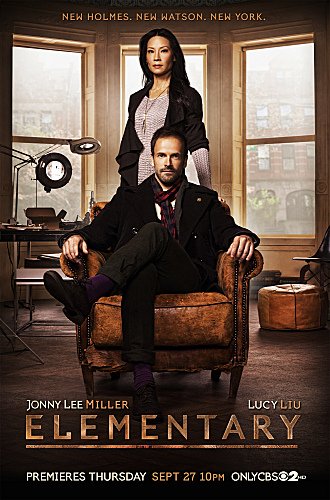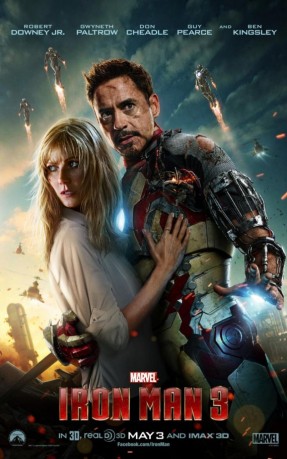
So once again another semester of blog posting is coming to a close, this time for BCM111, and I have to say second semester has definitely felt like quite an eye opening journey. I felt like Bill Bo Baggins from the film, The Hobbit (2012) screaming I’m going on an adventure!
At the beginning of International and Media Studies, I was not sure what to expect, but since then I feel that through second semester, a veil has been lifted and I have learnt so much about how the different international countries can influence each other through globalisation and hybridity. With how music, particularly Hip Hop, has integrated and influenced many internationally – especially through Samoan Hip Hop dancing. How through transnational films, especially wuxia/ martial art East Asian films can become Americanised when remade – for example ‘The Seven Samurai’ (1954) and its American remake, ‘The Magnificent Seven’. (1960) It is also awesome how East Asian martial art films have also had their own impact on American films and televisions as well – like “The Transporter” (2002), “Kill Bill” (2003), and “Buffy the Vampire Slayer” (1997).
What was also interesting, was how humour and other television shows that originate in one country, may or may not have an equal success as a remake in another country. To realise that humour is very different globally, that though a show like “Kath and Kim” was considered a great comedy hit in Australia, it had a different response from the American Audience when remade and Americanised.
Last but not least, what also had an impact this semester was how much as an audience and reader of mass media we can be blindfolded by the media to what is happening internationally because it may not be considered news worthy.
Overall the journey through this subject has been awesome, and to think it’s just the mid-point for the next two years left of my study at UOW! Time to see where the next part of the journey starts…farewell BCM111!







